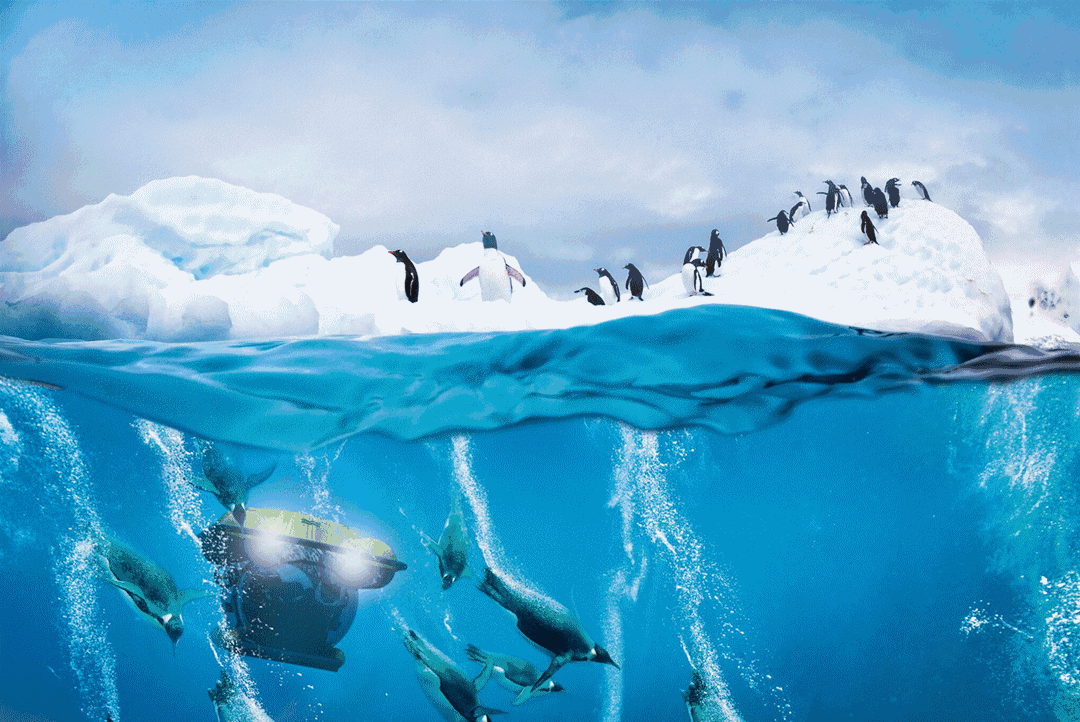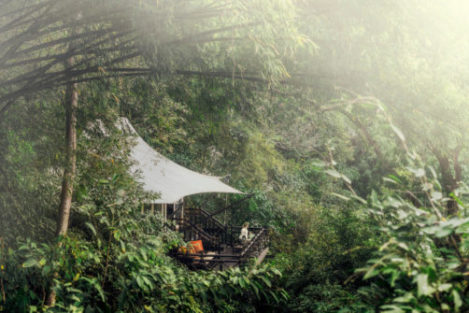May 26, 2020
Virtual Tour of the National Gallery of Ireland
Explore the wonders of the National Gallery of Ireland’s collection, and take a leisurely stroll around our beautiful galleries from the comfort of your own home in the first in a series of virtual tours.
Our physical buildings may be temporarily closed, but you can transport yourself behind our walls by taking a virtual tour of our rooms, where you are free to navigate and explore the works on display at your own pace.
The Grand Gallery
The Grand Gallery is dedicated to the eighteenth-century Enlightenment and includes works of art by British, Irish, French, Italian, Spanish, Dutch and Swiss artists. The Enlightenment in Europe and America was partly a reaction to the wars and autocracy of the previous century, represented by Jan Wyck’s monumental depiction of the Battle of the Boyne of 1690.
In the following century, the absolute rule of monarchs was challenged and attempts were made to separate church and state. Intellectuals and politicians sought an era of progress, tolerance, political and personal freedom, alongside literary self-expression and scientific enquiry. The great French Encyclopédie, published in 35 volumes between 1751 and 1772, is a great example of this. The foundation of the [Royal] Dublin Society in 1731, aimed at raising the level of Irish agriculture, art and science, is another. There was also a major expansion in the range and availability of music and theatre.
Each work of art in the Grand Gallery has a link to Ireland, whether by artist, subject, sitter, former owner or source of acquisition
Rooms 48 – 45

These four rooms showcase European art from the early eighteenth to the middle of the nineteenth century.
Room 48 highlights Rococo, a period of decorative and visual delight, represented by French painters such as Jean-Honoré Fragonard and Jean-BaptisteSiméon Chardin, alongside their contemporaries William Hogarth and Giovanni Antonio Pellegrini.
Room 47 displays the Neoclassical era, with outstanding paintings by Francisco de Goya, Thomas Gainsborough, Henry Raeburn and François Gerard.
Room 46 displays the arrival of Romanticism, reflected by the work of, among others, Thomas Lawrence and David Wilkie and the Irish artist Daniel Maclise.
Finally, Room 45 is dedicated to the ‘Grand Tour’, containing works collected by wealthy travellers to southern Europe, including portraits by Pompeo Batoni, views of Rome and Dresden and antique sculpture.
Shaw Room


The origins of Irish easel painting are to be found in the seventeenth century. Foreign artists contributed greatly to the refinement of art practice, the stimulation of patronage, and the formalising of education here.
Portraiture and landscape painting, produced for domestic settings (primarily the grand residences of the Protestant Ascendancy), were the dominant genres. Through such artworks, landowning families could demonstrate their taste, ambition, education and preoccupation with lineage. Ecclesiastical patronage was minimal, and historical, religious and classical subjects represented a relatively small proportion of the work produced at this time.
A desire to elevate art in Ireland was made clear in the establishment, in 1746, of the Dublin Society Drawing Schools. These, following a Continental model, provided practical instruction in fine art and design for native artists and artisans.
Relatively few of Ireland’s finest practitioners managed to establish themselves successfully and permanently in Ireland, however. Many travelled to England and beyond. Irish artists regularly availed of the greater commercial opportunities provided by London and other large urban centres, followed their patrons on the Grand Tour, and emulated their European counterparts by embracing prevailing aesthetics, from Classicism to Romanticism.
Virtual Tour and Article by The National Gallery of Ireland (https://www.nationalgallery.ie/)





